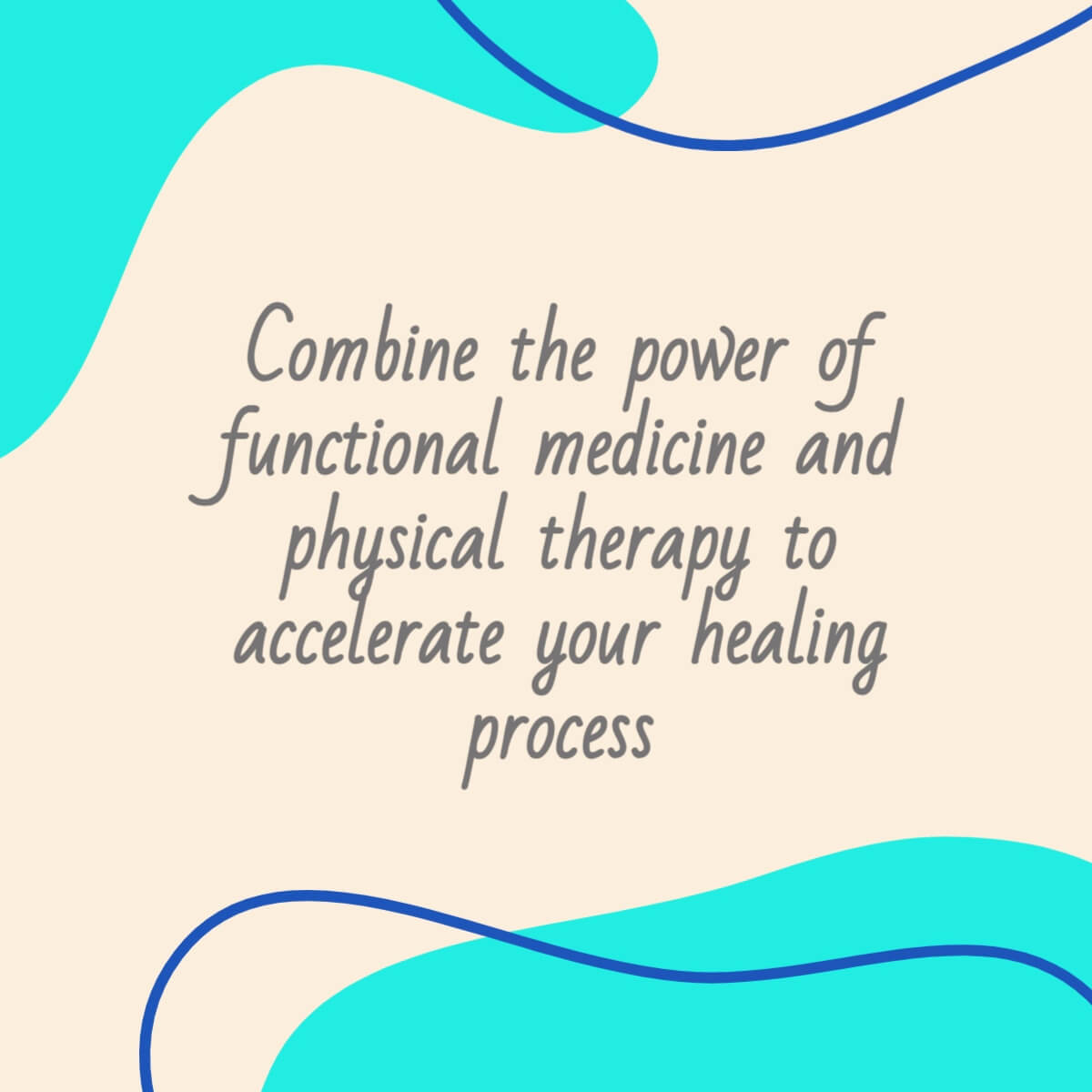
Seeking relief from foot and ankle injuries?
As functional medicine practitioners, we offer a unique approach that combines the power of functional medicine and physical therapy to accelerate your healing process. Through a thorough assessment, we’ll identify the root causes of your injury, whether it’s related to imbalances, inflammation, or other underlying factors. Then, we’ll develop a personalized treatment plan that integrates targeted physical therapy exercises to restore strength, flexibility, and stability to your feet and ankles. Let’s work together to get you back on your feet and moving pain-free! Contact us today to schedule your consultation. #FunctionalMedicine #PhysicalTherapy #FootAndAnkleInjuries #HealingJourney
If you’re experiencing significant pain or have a serious injury, it’s important to consult a medical professional for proper diagnosis and treatment. That said, here are some steps you could consider:
Rest: Give your foot and ankle time to heal by avoiding activities that could worsen the injury. Rest is crucial for recovery.
Ice: Applying ice to the affected area can help reduce inflammation and numb the pain. Use an ice pack wrapped in a thin cloth and apply it for about 15-20 minutes at a time, several times a day.
Compression: Consider using an elastic bandage or compression wrap to reduce swelling and provide support. Make sure not to wrap it too tightly, as this could worsen circulation.
Elevation: Elevate your foot and ankle above the level of your heart whenever possible. This can help reduce swelling by promoting better fluid drainage.
Pain Relief Medications: Over-the-counter pain relievers like ibuprofen or acetaminophen may help alleviate pain and reduce inflammation. Always follow the recommended dosage and consult a doctor if you have any concerns.
Supportive Shoes: Wear comfortable and supportive shoes that provide proper cushioning and stability. Avoid high heels and shoes that aggravate the injury.
Physical Therapy: Depending on the severity of the injury, a physical therapist can guide you through exercises and stretches that promote healing and improve strength and flexibility.
Braces or Splints: In some cases, using a brace, splint, or a walking boot might be recommended by a healthcare professional to immobilize the injured area and aid in healing.
Avoid Impact Activities: Avoid activities that put stress on your injured foot and ankle, such as running or jumping, until you’ve fully healed.
Gradual Return to Activity: Once you’ve received medical clearance, gradually ease back into activities. Pushing yourself too hard too soon can lead to re-injury.
Stay Hydrated and Eat Well: Proper hydration and a balanced diet can aid in the body’s natural healing process.
Consult a Healthcare Professional: If the injury is severe, not improving, or causing persistent pain, consult a doctor or orthopedic specialist for a proper diagnosis and personalized treatment plan.
Remember, every injury is different, and it’s essential to follow the guidance of a healthcare professional. They can provide tailored advice based on the specific nature of your injury and your medical history.
